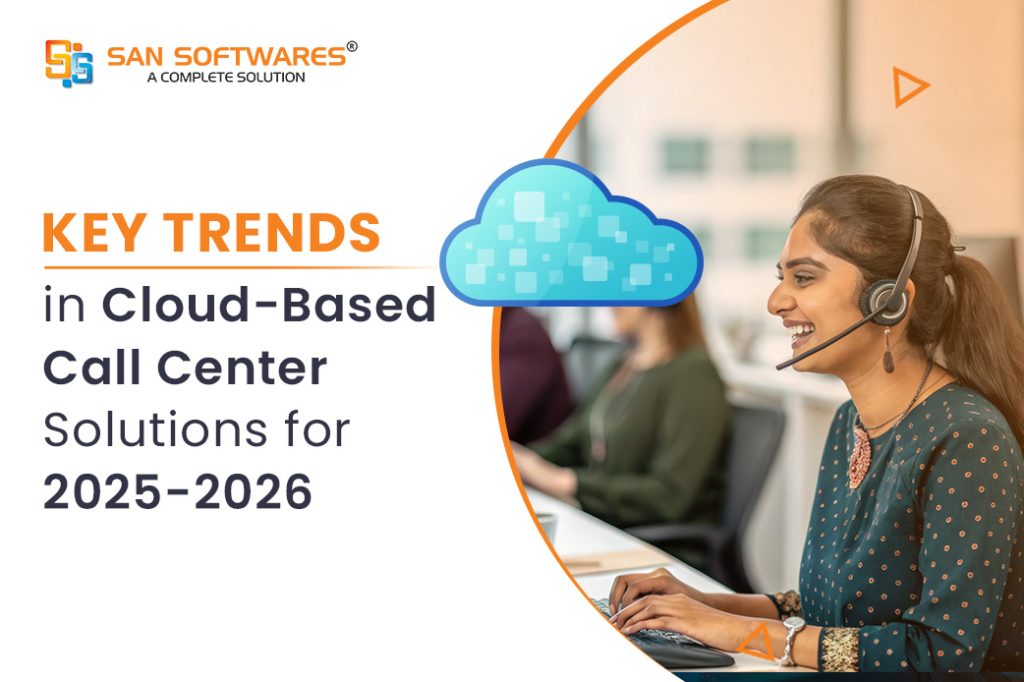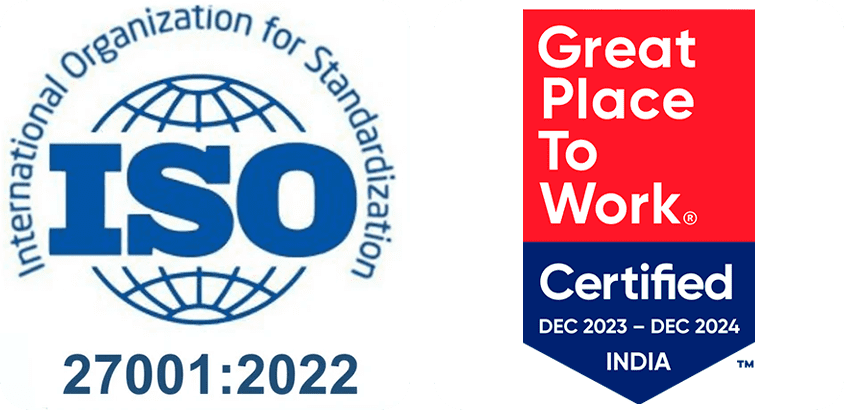
The pace of change in Call Center Solutions has never been faster. Between rapid cloud adoption, the rise of generative AI, and heightened expectations for seamless omnichannel experiences, 2025–26 will be a pivotal period for customer service leaders and SaaS vendors alike.
Below are the core trends that will define modern contact centers, and practical steps for CX leaders evaluating cloud-first platforms.
Large industries or enterprises are switching from legacy on-premise systems to subscription-based Cloud Contact Center Solutions. Cloud installations reduce capital expenditure, simplify upgrades, and support geographically distributed teams, all of which are very important as hybrid work remains the norm in business.
For organizations, cloud-first translates to quicker feature rollouts, CRM integrations built in, and easier redundancy planning. For a cloud vendor, look for high uptime SLAs, integration marketplaces, and transparent pricing.
Generative AI is familiar. Production-level applications are imminent for the 2025–26 time frame across the contact stack: AI agents that answer common questions, real-time assistance for agents (recommended response, knowledge lookup), automated call summarization, and intelligent quality auditing.
These Call Center Solution capabilities reduce average handle time and improve first-contact resolution rates when implemented with robust safety checks. Vendors that surface explainable AI outputs and easy-to-audit logs will stand out for regulated buyers.
Contact Center as a Service (CCaaS) is increasingly popular as companies choose to outsource the complexities of telephony, including compliance and firmware maintenance, rather than relying on traditional Call Center Solutions. It accelerates time-to-value and enables businesses to scale up during peak seasons without significant infrastructure investments.
Evaluate providers on the breadth of their telephony footprint, global carrier relationships, and the availability of prebuilt connectors for popular CRMs and workforce management platforms.
Customers want to change channels, from chat to voice to WhatsApp, without restating information. The technical hurdle is maintaining a single conversation state across channels and surfacing that context to agents in real time.
Effective Cloud Contact Center Solutions provide unified conversation histories, event-driven webhooks to sync state with CRMs, and cross-channel analytics that reveal where handoffs break down. Focus on platforms that prioritize session continuity and cross-channel routing rules.
As contact centers house sensitive PII and financial data, security and compliance are non-negotiable. Buyers will demand SOC/ISO attestations, configurable data retention, encryption in transit and at rest, and clear data residency options.
Vendors offering hybrid deployment models or regional data controls will retain an edge with BFSI, healthcare, and public-sector customers where regulatory constraints are strict.
Automation does not simply replace agents; it elevates them. AI handles repetitive tasks (verification, basic troubleshooting), enabling agents to focus on complex, empathy-driven interactions. This transition requires proactive reskilling programs in conversational design and AI oversight.
Simultaneously, workforce engagement platforms (such as pulse surveys, coaching workflows, and flexible scheduling) will be essential to maintaining morale and performance in remote-first environments.
Cloud platforms enable fast experimentation: A/B test IVR scripts, tweak routing heuristics, and measure the impact on outcomes such as retention, conversion rate, and customer lifetime value.
The emphasis is shifting from classic metrics (AHT, ASA) to business outcomes that tie contact center performance to revenue or churn. Look for analytics that can attribute customer journeys to revenue signals and support rapid experimentation.
Providers that have pre-trained packs for the industry, industry-specific packs for healthcare, industry packs for compliance workflow for finance, or pre-trained CX templates for the retail sector will reduce time-to-deploy and deliver a quicker ROI.
Verticalization marries the depth of the product to pre-compliance-readiness and frequently incorporates industry-oriented business reporting and KPIs.
2025–26 will be defined by platforms that combine cloud-scale, trustworthy AI, and tight integrations to deliver seamless customer journeys. Organizations that prioritize outcomes, not just features, and invest in agent enablement will capture the most outstanding value from Call Center Solutions.
As Cloud Contact Center Solutions become the operational backbone of customer experience, vendors and buyers who align technology with measurable business outcomes will lead the market.
Hosted call center solutions are cloud-based software platforms that manage inbound and outbound customer interactions via voice, chat, email, or social media. Unlike traditional on-premise systems, these solutions require no physical servers, offering scalability, remote access, and cost efficiency.
Organizations are rapidly adopting cloud contact center solutions to support hybrid workforces, integrate AI automation, and reduce IT overhead. According to market projections, the global cloud contact center market will continue to grow at a double-digit CAGR through 2026 as enterprises prioritize agility, real-time analytics, and omnichannel capabilities.
Cloud calling transmits voice calls over the internet rather than traditional phone lines. It converts voice into digital signals, routes them through cloud servers, and connects callers to agents instantly. This enables businesses to make and receive calls from anywhere using cloud contact center solutions like SanCCS without needing physical phone systems.
SaaS encompasses all types of online software, while CCaaS is a specialized SaaS solution for managing customer interactions through cloud contact center solutions.
SAN Softwares is a company dedicated to providing complete software solutions to Corporate and end-user customers.

SAN Softwares is a company dedicated to providing complete software solutions to Corporate and end-user customers.
